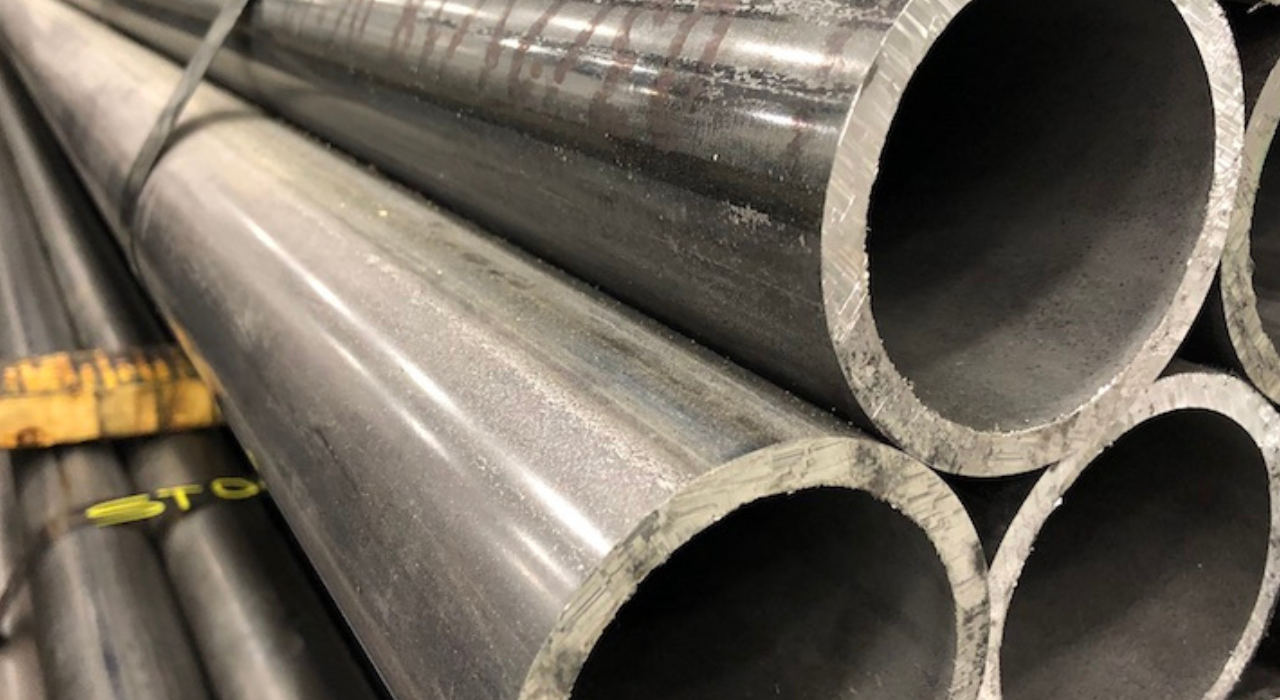Erosion resistance could be a basic calculation within the determination of materials for different applications, from development to fabrication mild steel vs stainless steel are two common sorts of steel utilized by businesses, each advertising distinctive levels of corrosion resistance. Understanding how these materials contrast in their capacity to resist natural corruption is fundamental for making educated choices around their utilization in several applications.
Chemical Composition and Erosion Resistance
Mellow steel, also known as carbon steel, basically comprises press and a low rate of carbon, usually less than 0.25%. This composition gives gentle steel with great ductile quality and machinability, but its vulnerability to erosion could be a critical disadvantage.
In differentiation, stainless steel is alloyed with a least of 10.5% chromium, which shapes a defensive layer of chromium oxide on the surface. This layer acts as an obstruction to oxygen and dampness, preventing them from coming to the basic metal. Stainless steel's erosion resistance can be assist improved by including other components such as nickel, molybdenum, and nitrogen, which progress its execution in different situations.
Erosion Resistance Different Situations
The execution of mellow steel and stainless steel changes altogether depending on the environment in which they are utilized. Gentle steel, due to its need for chromium, is exceedingly vulnerable to rusting in situations with tall mugginess or presentation to chemicals. When mellow steel rusts, it shapes press oxide, which extends and causes assist harm to the metal.
Stainless steel, on the other hand, shows prevalent erosion resistance in a wide extend of situations. In barometrical conditions, stainless steel is less likely to rust due to its defensive chromium oxide layer. In more forceful situations, such as marine or chemical situations, stainless steel can withstand presentation to saltwater and different acids way better than mellow steel. For illustration, grades such as 316 stainless steel are particularly outlined for marine situations, where their tall molybdenum substance gives improved resistance to chloride-induced erosion.
Effect of Surface Medicines
Surface medicines and coatings can essentially impact the erosion resistance of both mellow and stainless steel. Mellow steel is regularly treated with coatings such as paint, galvanization, or powder coating to improve its resistance to erosion. These medications act as obstructions to dampness and oxygen, amplifying the life expectancy of the steel. In any case, these coatings can wear absent over time, requiring support and reapplication.
Stainless steel by and large requires less visit surface treatment due to its inborn erosion resistance. The chromium oxide layer on stainless steel is self-healing, meaning that in case it is scratched or harmed, it can change to ensure the metal. This property diminishes the requirement for extra coatings or medicines, making stainless steel a lower-maintenance alternative in numerous applications.
Fetched and Financial Contemplations
Thefetched mellow steel is by and large lower than that of stainless steel due to the distinction in their chemical compositions and the more complex generation forms required for stainless steel. Mellow steel's lower fetch makes it an appealing choice for applications where erosion resistance isn't an essential concern or where extra coatings can be connected cost-effectively.
On the other hand, stainless steel's higher toll is defended by its prevalent erosion resistance and longer benefit life. In situations where erosion resistance is basic, the beginning speculation in stainless steel can lead to critical long-term investment funds by decreasing upkeep and substitution costs. This makes stainless steel a more temperate choice for applications uncovered to cruel conditions or where downtime for maintenance is costly.
Application-Specific Contemplations
The choice between mellow steel and stainless steel frequently comes down to the particular necessities of the application. For case, in construction, mild steel could be utilized in basic components where introduction to the components is negligible or where defensive coatings can be connected. In differentiation, stainless steel is commonly utilized in applications where stylish request and erosion resistance are fundamental, such as in building highlights, kitchen gear, and restorative rebellious.
In businesses such as aviation, car, and marine, where components are uncovered to extreme conditions, stainless steel's superior erosion resistance makes it the favored fabric. Its capacity to resist cruel situations without critical corruption guarantees the life span and unwavering quality of basic components.
Conclusion
In outline, the erosion resistance of gentle steel and stainless steel could be a characterizing calculation in their appropriateness for different applications. Gentle steel, with its lower fetched and adequate execution in less requesting situations, can be a prudent choice when combined with suitable surface medicines. In any case, its defenselessness to rusting beneath destructive conditions limits its utilization in applications where long-term strength and negligible support are basic.


